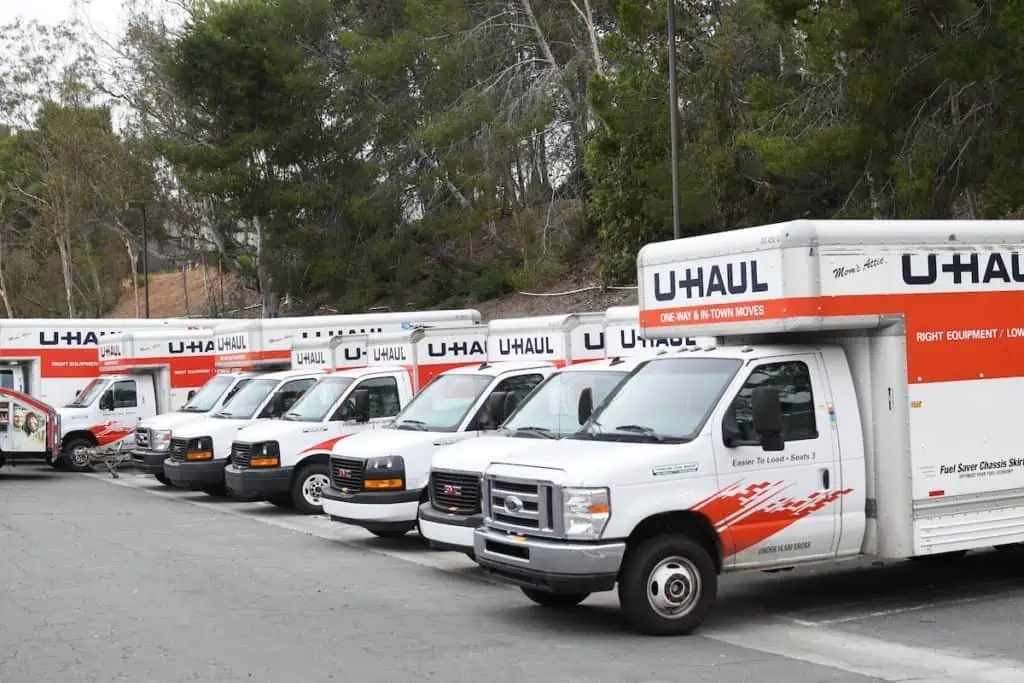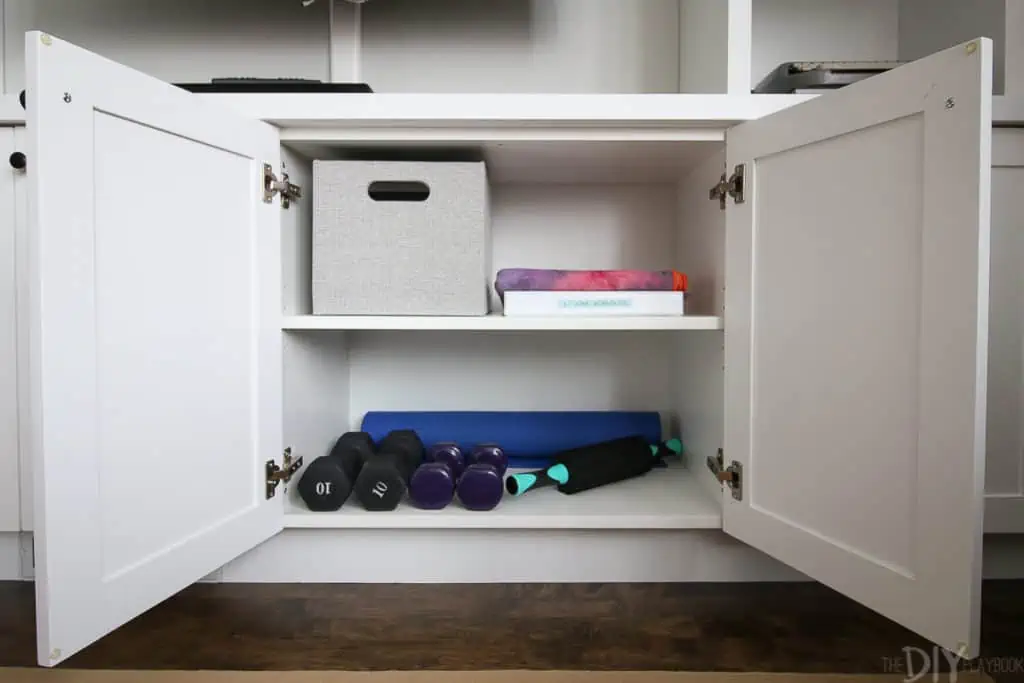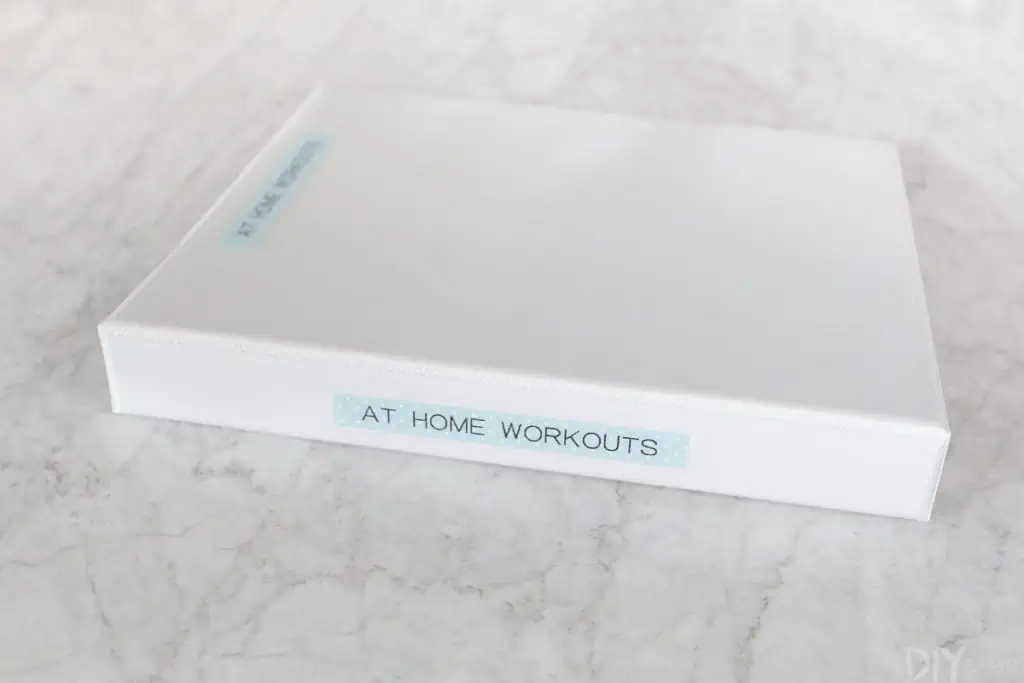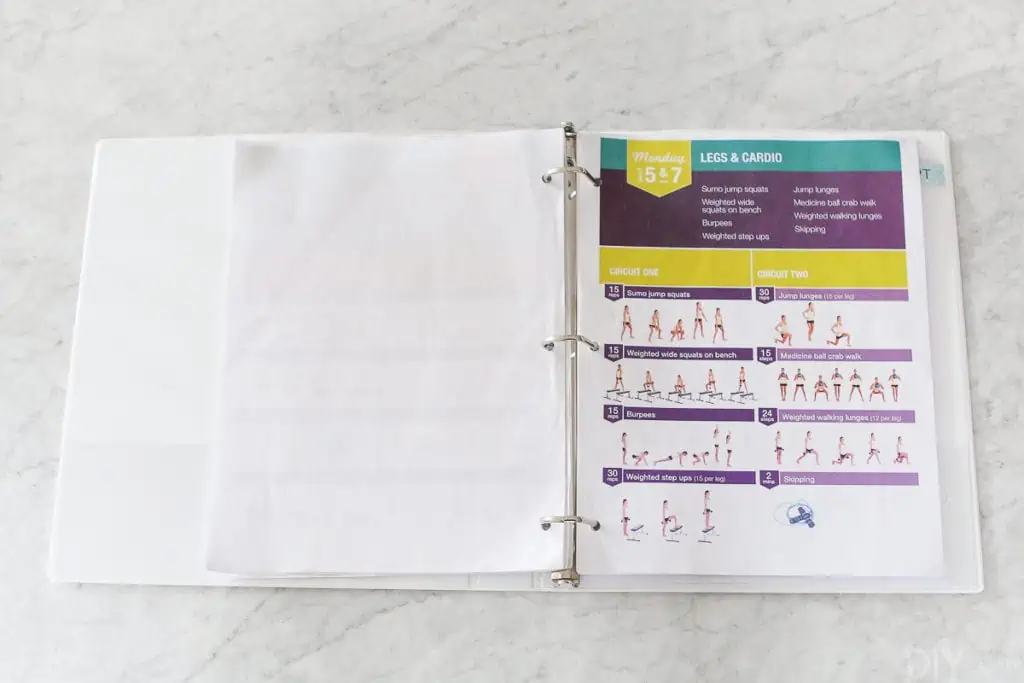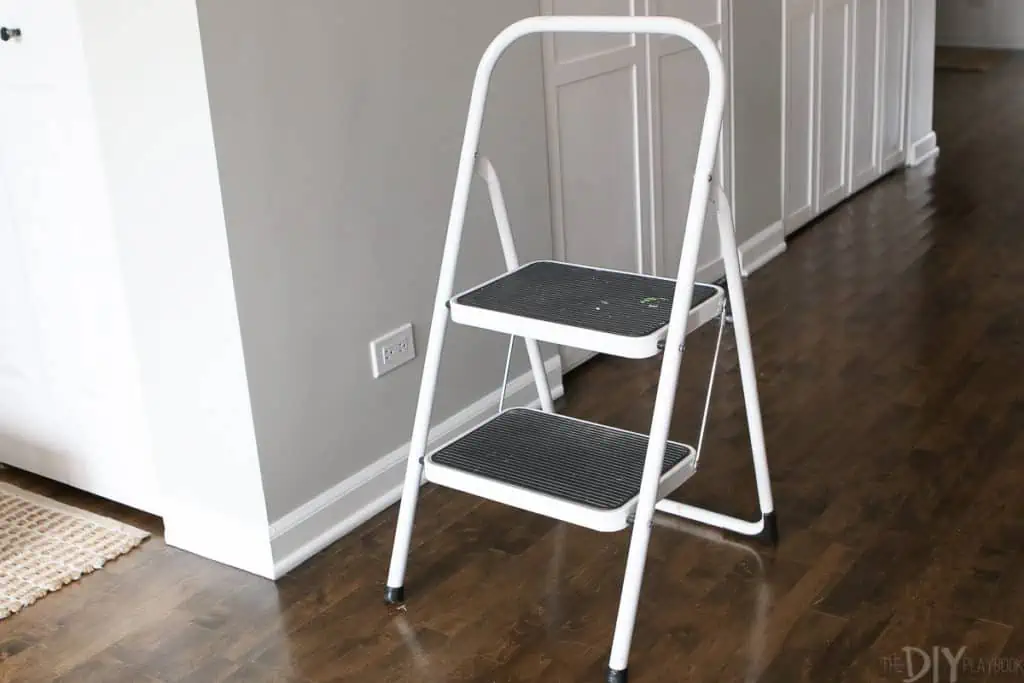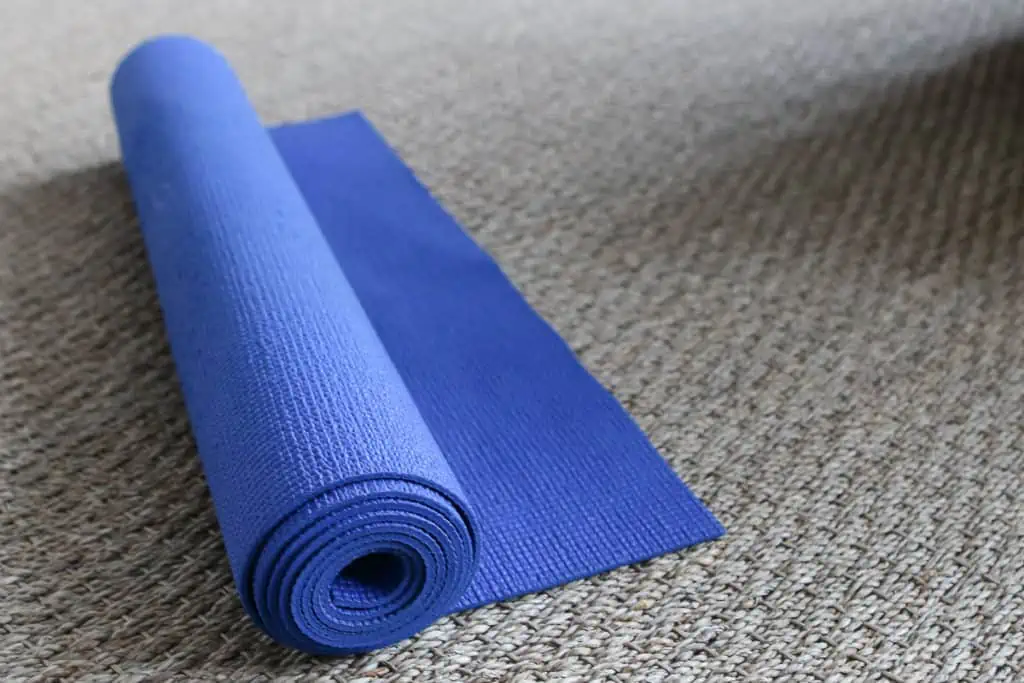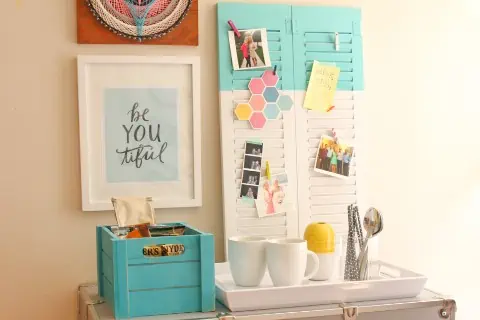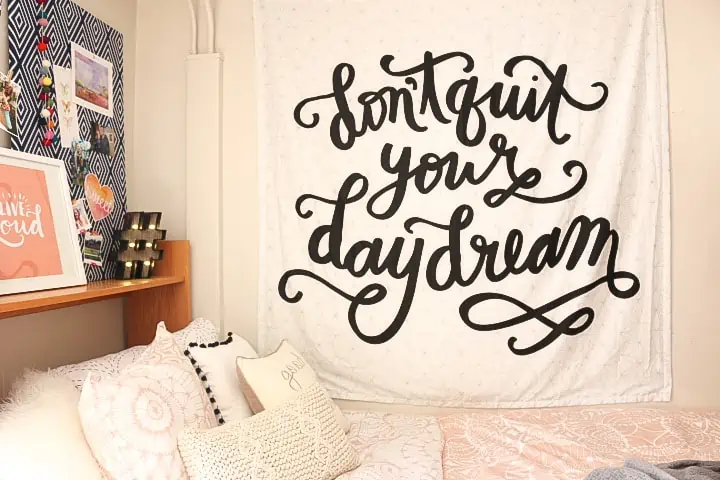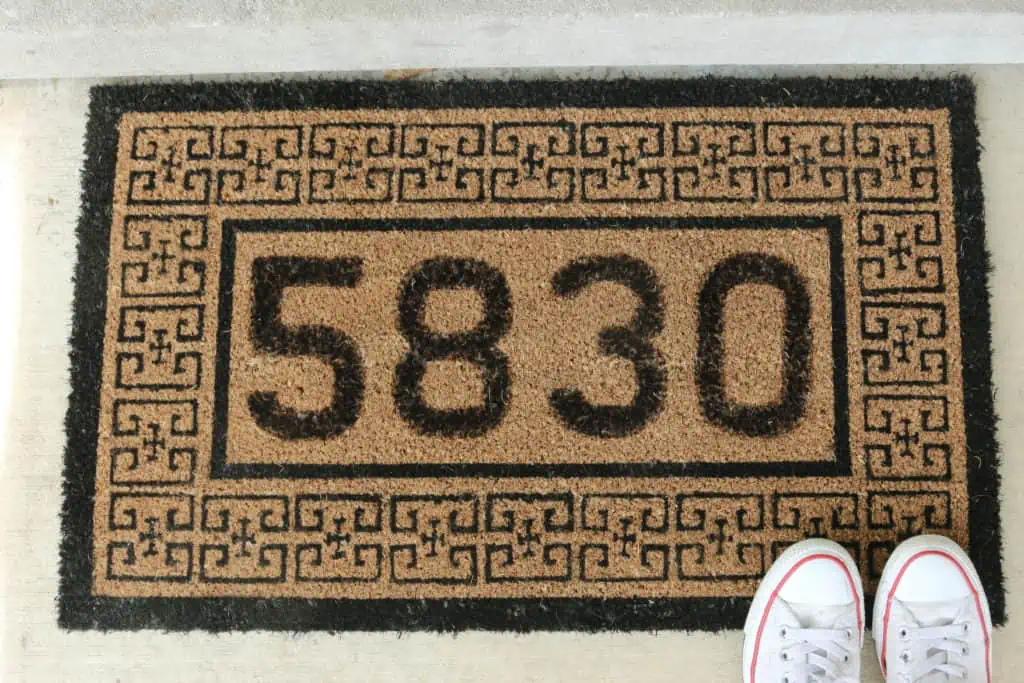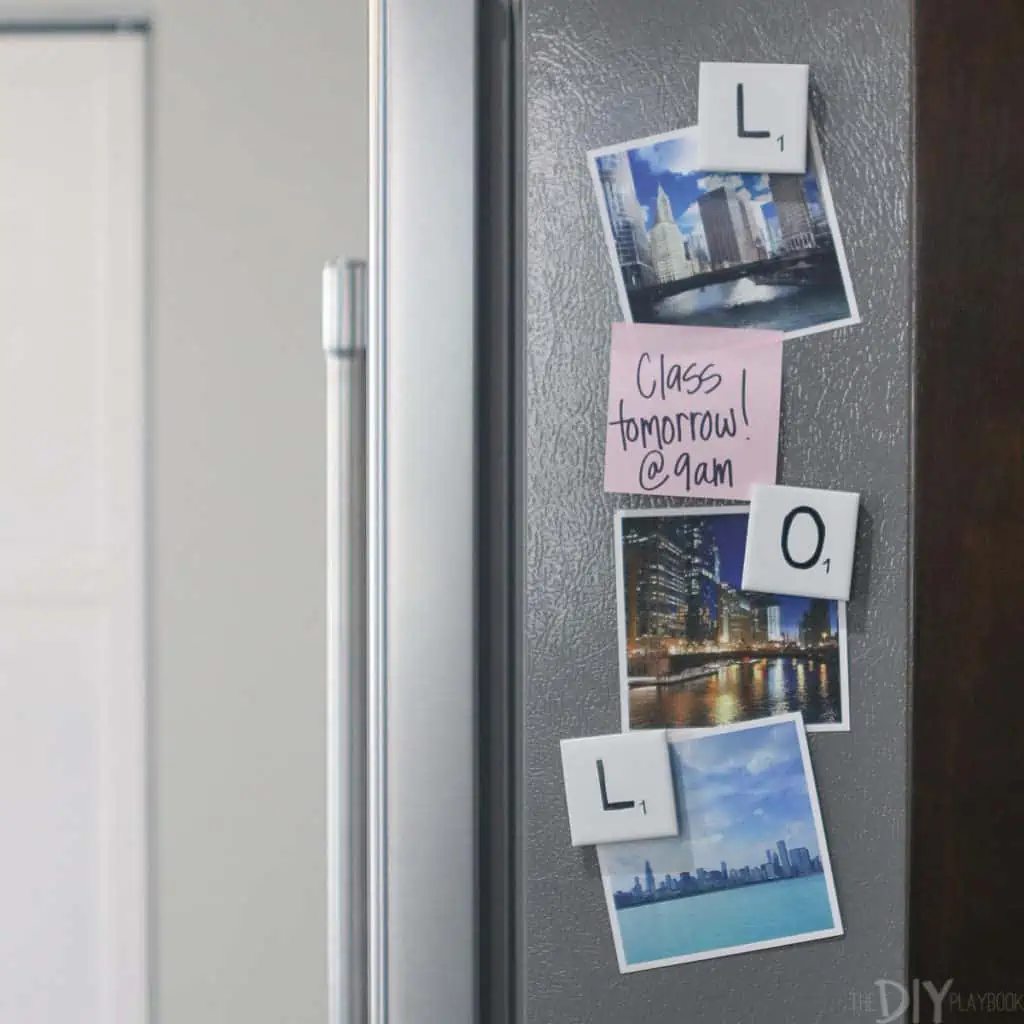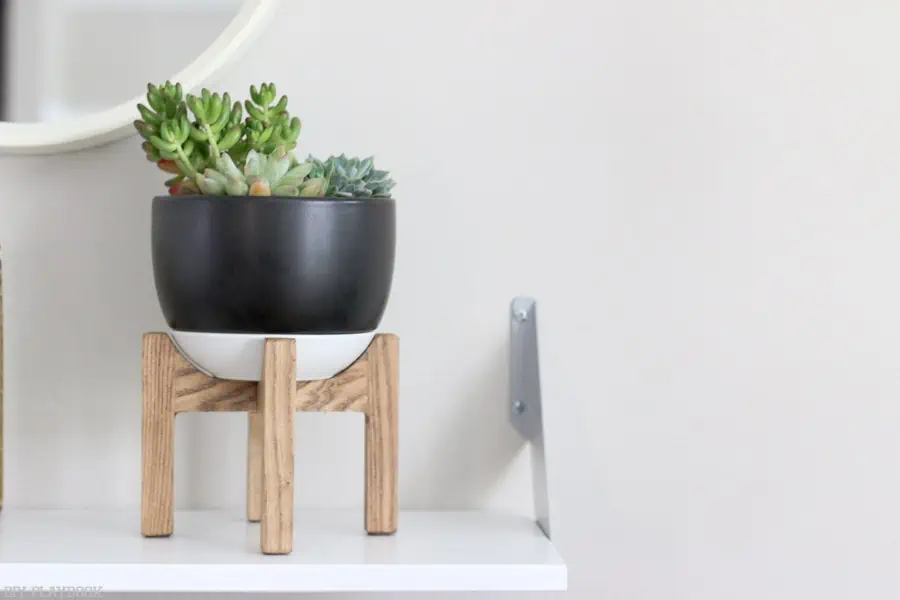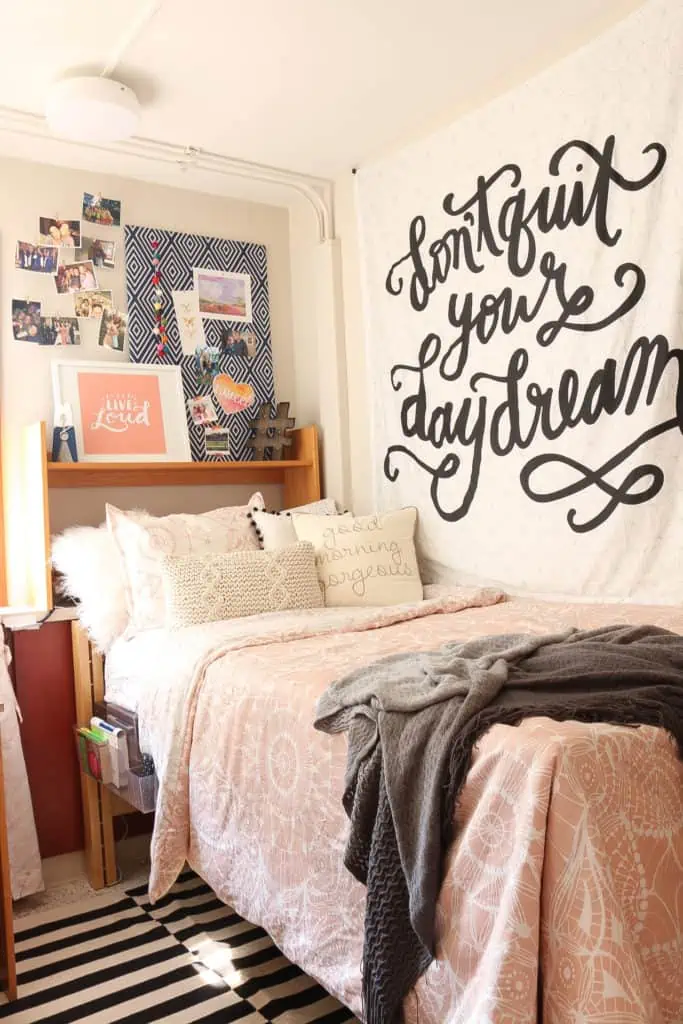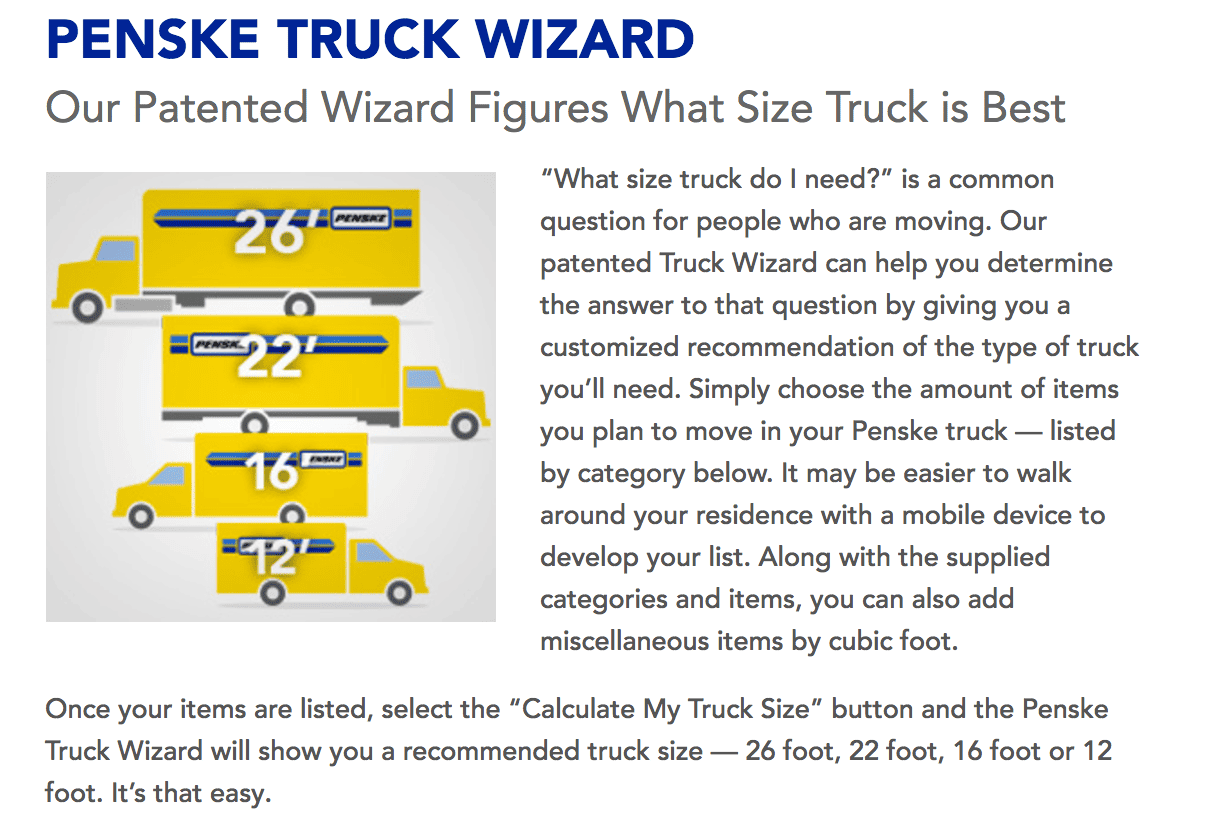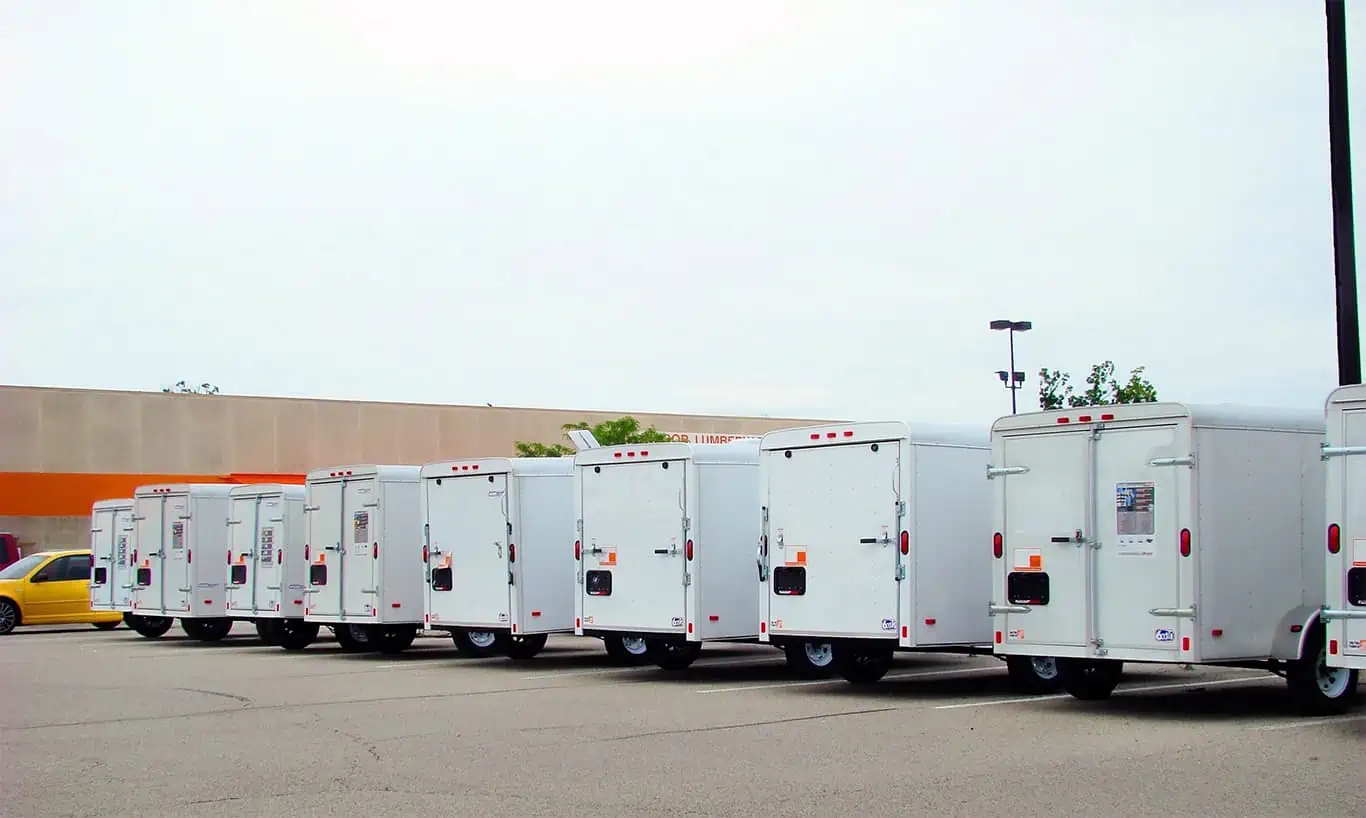While moving to a new home is exciting, it is also an overwhelming task due to all the things that need to be done before, during, and after you start enjoying new adventures and experiences. Just thinking about preparing for a big move can make you feel anxious. We reached out to expert home organizers and asked them for tips to help you overcome this task.
Read on to check out our list of easy moving and packing tips.
How do you get organized before moving?
Getting organized for a move requires a project management approach. You will have extensive lists and planning to help you keep your sanity.
- Start with developing a timeline for your move. Work backward on your timeline to include dates the movers will load the truck, packers will arrive, the time you will be off residence while packing occurs, decluttering, change of address, optional items you will sell or donate before the move, and other items coming out of storage for your move. Record this timeline in your planner.
- Add team members to your project. This includes movers, packers, professional organizers, childcare help, and other resources. It’s much harder to do this project entirely alone. Be sure to add the cost of all these additional tasks to add to your budget.
- Start decluttering at least THREE months in advance, if you can. You can eliminate what you don’t use or need at your new residence. This saves you money and lowers your stress.
- Keep your move organized with labels. Have plenty of markers available to write the contents on your boxes. You can label the boxes with a room name or assign a number to the room. Your movers will appreciate knowing that they can unload in the correct room without your direction because you have labeled the rooms and boxes.
- Remember the “last in, first out” box, and your personal needs during this move. The last in, first out box should contain all the hardware for beds and the remote controls. These are vital to your happiness during the first 24 hours in your new home. Your personal needs items include medications and stuffed animals that must be a part of your first night in your home.
- Keep calm and carry on! It will take a little longer than you like to settle in, even with every box unpacked. Happy moves happen with a plan!
-Ellen R. Delap at Professional Organizer
How exactly do you make a schedule for moving?
Moving has been ranked as one of the three most stressful life experiences! The good news—it doesn’t have to be. I’ve been helping people with all aspects of moving for over 15 years, and my biggest tip for less stress and a smooth move is to create a moving schedule with specific dates as soon as you decide to move.
- Start with an old-school blank calendar. Even if your whole life is digital, there is something about seeing your key dates on paper – starting with your move date and current commitments – that gives you a realistic overview of what to do when.
- Search online for “move checklist“ for a general sense of the steps involved. Most will have a 6-8 week plan. The checklist I use with clients is 18 pages long to ensure nothing falls through the cracks.
Customize the checklist to reflect your needs and time frame. If you’re moving locally, there’s less to do; there’s more to do if you’re planning to pack and move yourself and not use movers (Pro tip: unless your move is very small, it’s worth getting a free quote from movers – hiring movers is usually money well spent.)
- Make appointments with folks who can help—from professional organizers to help manage your move and declutter beforehand to movers to handymen to install your TV and window treatments.
- Block out time in your main calendar to work on your move.
- Stick to your schedule – and adjust as necessary. Plan for the unexpected!
By creating a realistic, comprehensive moving schedule, you’ll save yourself time, money, and aggravation and will feel in control of the process. Get started!
-Lisa Zaslow at Gotham Organizers
How do you pack kitchen items?
Use small boxes when packing a kitchen and label the boxes with the room—kitchen, dining room, or pantry—and with the contents.
Pare down your kitchen items as you pack. Get rid of any gadgets that only do one thing (avocado slicer, banana saver, lettuce knife, etc.) Movers charge by weight. If you have a set of china, crystal, or silver you haven’t used in years, get rid of that before you pay to move it!
Use up the food and pantry items you already have and don’t buy anything in bulk for the last few months in your old house. If you come across expired foods and spices, throw those away as you pack.
Finally, pack your kitchen in phases
Up to 2 months ahead:
Pack entertaining/party supplies or anything you know won’t need before you move.
If you are moving far away, think ahead of time about who can use your extra food, toiletries, and cleaning supplies when you leave. Women’s shelters often take these kinds of things, even if they have been opened.
Up to 2 weeks ahead:
Pack up everything else in the kitchen by category, leaving out the bare essentials. You want to leave enough plates and glasses, napkins, and sippy cups for your family to cook and eat for a day. Pack all but one pot and two pans, two dishtowels, etc. Think about what you’d find in a rental unit. Leave just the basics, nothing extra.
The day before you move out:
Pack up these everyday supplies and food (if it’s a local move). Label those boxes “Kitchen—OPEN FIRST.” Once you arrive in your new kitchen, you can open those 2-3 boxes and make due until you have time to unpack fully.
– Nonnahs at Get Organized Already
Moving far away?
Do it cheaper.
HireAHelper.com can save you up to 40%, compared to traditional interstate van lines.
Compare our long distance moving company options.
Tips for packing your clothes
My favorite tips for packing clothes begin with a plan!
Before I pull anything out of the closet, I make a list of the specialty pieces I may need for where I’m going (e.g., exercise clothes, swimsuit, ski jacket, etc.) I also note if I need multiples, like four pairs of ski socks, for four days of skiing.
Then, I make a note of how many days of clothes I’ll need, how many nights (pajamas), as well as anything else, like underclothes and belts. I’ll also look up the weather, so I know I want to take long-sleeved tops and not short sleeves. I’ll pull out however many of each item and scratch it off my list. I consider myself a “folder”, so I like to fold these items into stacks that will fit neatly into my suitcase or bag. But, if rolling works better for your wrinkle-prone pieces, please do so! Laying out the items in stacks or rolls also allows me to quickly assess whether I need a piece of luggage in a different size. Now that I’ve secured my clothes, I can snugly fit shoes, accessories, and toiletries in the space between clothes’ stacks and other pockets.
-Amy Trager at Amy Trager
What order should you pack in?
Begin with the home areas that you use the least because you will have to live without these items from now until you have unpacked in the new space. Start with rooms you rarely use or are mainly used for storage, like guest bedrooms, rooms of children away at college, and the basement, attic, and garage.
Consider whether you really need and want to keep the item. Keep a boxed marked “Donate” by the doorway. Any item that doesn’t make the cut for your new home should go there. As you pack, move carefully stacked, inventoried, and labeled boxes to one side so you can see your progress as items “disappear” and the boxes are filled.
Methodically move cabinet-by-cabinet, or drawer-by-drawer. However, because there may still be weeks (or more) until you move, you will now not only consider whether to move, donate or discard something, but you may need to keep it in place until much closer to moving day.
If it’s winter, pack the summer clothes and shoes from your closets. In living or family rooms, keep the TV and sound system, but pack up the books, puzzles, photo albums, and games. In the linen closet, pack everything except one change of sheets per bed and a few extra blankets. In the kitchen for your remaining time at home, pack whatever you can live without (e.g., gadgets, small appliances you rarely use, specialty supplies, and items). In your home office, pack all of your files in bankers boxes, and pack office supplies you won’t need daily in a separate container. Box up financial files and essential documents related to the move separately to travel with you; don’t leave them with the movers.
In areas you use most often, envision what you’d pack if you were setting up a vacation cottage for just a few weeks. Only leave minimal cookware, enough supplies to prepare simple meals, and adequate silverware, plates, and glasses to serve your needs for your time away. Then, pack everything else, leaving only your imaginary vacation essentials unboxed until right before moving day!
While packing, if you find something in the “wrong” space, move it to the room that corresponds to where it will go in your new house.
Finally, the only things left to pack should be what you will need for the first few days in your new home. Use a small suitcase or duffel bag for each person’s clothes, accessories, school or work items, toiletries, and medications, plus a box of first-night essentials like chargers, toilet paper, and a new shower curtain. Keep these items and all financial records safely with you during transit.
-Julie Bestry at Julie Bestry
The top 3 most important factors before moving
- Take time to declutter before moving. Moving is an excellent opportunity to declutter since everything has to be touched anyway. Ask yourself if you use or love each item and have a place to store it in your new home. If you don’t use or don’t love it or you can’t easily store it, now’s a great time to let it go. You won’t have to pack it, move it, and unpack it.
- Organize your packing. If you’re packing yourself, group items that go together in a room into categories and pack them in the same boxes. That way, you can label each box with a category. (For example, a kitchen box might also have the label food storage containers.) That will make it easier to unpack in an organized fashion and, if it takes you a while to unpack, you’ll be able to find the appropriate box if you’re looking for something. If you hire movers to pack, take the time to group categories of items together before they pack so that your boxes don’t contain a hodgepodge of stuff. Try to also label your boxes for the destination room (not the origin room) so that movers can get them into the right room.
- Start early. The earlier you start organizing and decluttering, the less likely you will pay to move stuff you end up donating on the other end. Starting early also cuts down on stress and makes the move calmer. You’re more likely to get the dates you want with movers if you book them early. And if you’re hiring a professional organizing company or move manager to help, the earlier they get on board, the easier everything will be.
-Janine Adams at Peace of Mind Organizing
How do you pack valuables?
It’s going to depend on what the valuables are. If you still have the original packaging for jewelry (or anything!), use that. If any of your valuables are fragile, it may be worth hiring professionals to pack them.
- See if you can lighten your load of any physical paper you don’t need anymore. For example, if you have care instructions for valuables, can you scan them? Or, if you have a valuation and a scanned copy is enough proof, shred the physical paper.
- You will want to keep valuables like medicines and prescriptions close and in an “Unpack First Night” box, or in your suitcase or toiletries.
- If you can’t keep valuables close, mark the box by room instead of by content. For example, “Living Room” instead of “Antique Vase”.
- Keep track of all your valuables with some system. Take pictures, write descriptions and values. Consider an app like Sortly to keep track of everything.
- If you’re using a packing cube or driving yourself, invest in a disc lock, as they’re a lot harder to break.
- Use an inexpensive tracking device like Tile or TrackR so you’ll be able to know where your items are if you’re using a truck.
– Julie Coraccio at Reawaken Your Brilliance
What do you unpack first at your new home?
Be sure to unpack the rooms that you use daily first. Necessity is always first when it comes to unpacking. Think logically about the things that you will use first; sleeping, eating, and taking a shower are the essential and first activities you’ll do in your new home.
The bedroom: After a long day of traveling and packing, you are going to want a good night’s sleep in your own bed. Reassemble the bed frame, unpack your sheets and make up your bed along with the pillows and bedspread. The rest of your bedroom items can wait.
Set up the bathroom. You’ll feel instantly at-home if you get yourself settled into the bathroom. Hang a shower curtain, fill the medicine cabinet, and hang your towels.
Next can be the kitchen, or kids and pet items.
-Betsy Fein at Clutterbusters
How many days before moving should I start packing?
If you are packing yourself, ideally you’ll start packing as soon as you know you are moving! But as far as three months will make things easier (and cheaper) for you.
People often wait until the last minute and then get overwhelmed. We recommend starting to pack non-essential items (e.g., holiday, guest room, memories, decor, etc.) and queue them up in the garage, or a less frequently used space in the home. Make sure to set aside and identify things you’ll need during the move (e.g., clothing, pet care, personal items, linens, chargers, etc.), and as the move date gets closer, start packing more and more. By the time you are a few days out, the only things left should be furniture and a few bare essentials. This gives space to deal with any issues or emergencies and reduces the overall stress of the move. Be sure to label every box with its contents and final destination!
-Liz Jenkins at A Fresh Space
The Most Trusted Moving Checklist on the Web
How do you move perishable food (i.e., refrigerated/frozen foods)?
Take an inventory of what you have
One month prior to your scheduled move date, create an inventory of the perishable food you have on hand throughout the house (don’t forget the refrigerator in the garage and the deep freezer in the basement).
Create a plan to shrink your inventory
Your plan for dealing with perishable food will depend on a few factors:
- Whether your move is local vs. long distance
- Whether you are using a moving company
It’s important to understand that there are sometimes laws that prevent movers from transporting perishable items. So whatever you plan to move will need to be transported by you. Given these limitations, your goal should focus on reducing the volume of refrigerated and frozen food you have as much as possible before moving day.
With your inventory in hand, create a meal plan for the next few weeks that incorporates the food you want to consume. When you’re a week away from your move date, reassess what you still have and determine if anything can be given away to neighbors, family, or friends.
Locate your portable coolers and make sure you have plenty of ice packs on hand if you plan to transport any perishables on move day.
Prepare food for move day
On the morning of your move, set aside whatever food you need for breakfast, lunch, and dinner that day. If you are moving locally, pack whatever food remains in your coolers with ice packs. If it’s a long-distance move, you’ll need to toss whatever perishables remain.
By planning, you can avoid wasting food (and money!) during the move process.
– Natalie Gallagher at Refined Rooms
Love Your Long Distance Move
We’ve helped over 450,000 families move nationwide.
Join our long list of happy customers who loved making a long distance move with HireAHelper.
Is there a packing system you recommend for a move?
Make a checklist of your items! – It is the one thing you need to prepare for a move and the best way of not forgetting anything. List all the things you need for your move, for example, purchasing boxes and tape. Include all the rooms that still need to get packed. Don’t forget to add a list of what you need to do before and after moving, like any spaces in your home that need to be repaired or painted. You won’t regret having a list!
Color code boxes and rooms – When it comes to packing systems, I am all about setting up color-coding systems for each room, such as red for the kitchen, blue for the bathroom, yellow for the bedrooms and, so on. Then when you start packing, you can tape the box with the corresponding room color. It does not have to be the entire box, but enough to see where the boxes will belong. By giving each room of your new home a designated color with tape or even a sign on the door, it makes it super easy for your movers to put boxes in those areas.
Label boxes by room and sub-section – You can keep it simple with the name of where it will go. However, I like to take it a step further. For example, for the bathroom, instead of writing just the location of where it is going to, I would write “Bathroom Shower Items” or “Bathroom Under The Sink”. This will make it easier to unpack those items in the new home.
-Shanice Bannis at City of Creative Dreams
Should you pack by room or item category?
When packing, you should go room by room. However, this is also a great opportunity to first move items that are in the wrong room to the room that they belong to. Mark each box with the room it will go to in the new space and what types of items are packed. If you don’t have the same number of rooms in the new home, consider that as you label your boxes. Unpacking is much easier the more organized you are during the packing process.
Start by packing the rooms that don’t have as many daily use items in them. On our last move, I started with the garage. After that, the dining room and the living room. Then came the kitchen; I kept out a small number of dishes and utensils we would need before the move. I continued with the bathrooms and bedrooms in much the same way. I boxed up the items we weren’t using daily and labeled each box for where they would go in the new home and what types of things were inside. When we got to the new house, I put papers on the doors saying which room was which, so the movers knew exactly where the boxes should go. It made our move a much smoother process.
-Julianna Poplin at The Simplicity Habit
Now you are ready for your big day! Follow these tips (and to shave off tons of time, consider hiring a professional mover) to have a way less stressful move.

